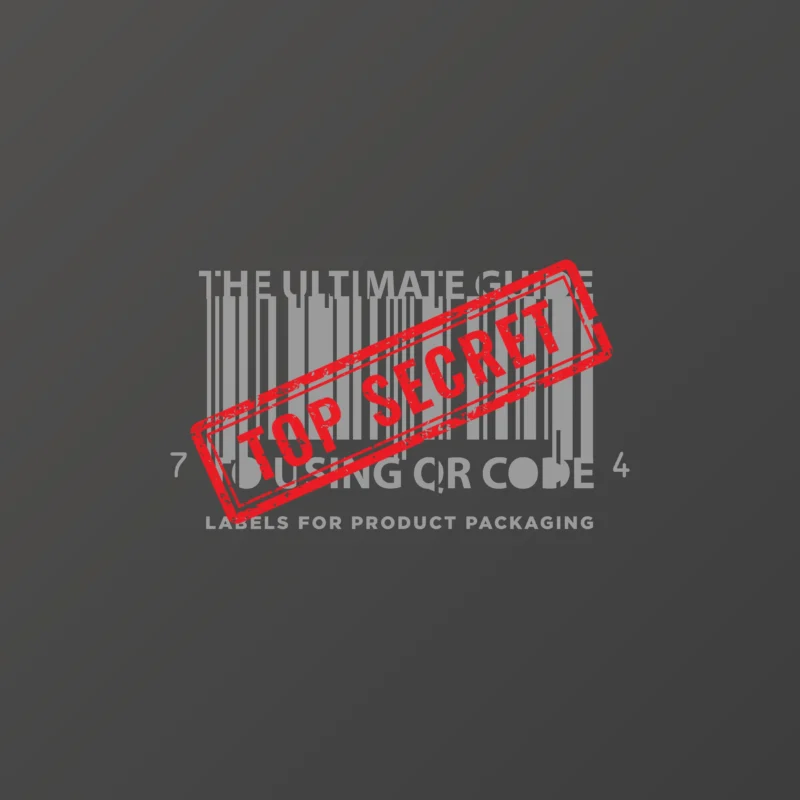The Hidden World of Labels
The Hidden World of Labels
The world of labels is a fascinating one, full of hidden stories and unexpected complexities. From the food we eat to the clothes we wear, labels are everywhere, providing us with vital information about the products we use every day. But have you ever stopped to think about the stories behind these labels? Who designs them, what materials are used, and what challenges do manufacturers face in creating them?
As it turns out, the world of labels is a lot more interesting than you might think. According to "the average person encounters over 1,000 labels every day, from food packaging to clothing tags," says John Hargrove, a packaging design expert. This staggering number highlights just how ubiquitous labels are in our daily lives. But what makes a good label, and how do manufacturers ensure that their products stand out on crowded store shelves?
The Art of Label Design
Label design is a complex process that requires a deep understanding of the product, the target audience, and the manufacturing process. It's not just about slapping a logo and some text on a piece of paper; it's about creating a visual identity that reflects the brand's values and resonates with customers. As "a well-designed label can make all the difference in the world, it can make a product stand out, convey important information, and even influence purchasing decisions," notes Emily Chen, a packaging designer.
So, what makes a good label design? For starters, it needs to be visually appealing, with a clear and concise layout that communicates the essential information. It also needs to be durable, able to withstand the rigors of shipping, storage, and handling. And, of course, it needs to comply with relevant regulations and industry standards. But beyond these basics, a good label design should also tell a story, conveying the brand's personality and values in a way that resonates with customers.

The Human Side of Label Manufacturing
Behind every label, there's a team of people who work tirelessly to design, manufacture, and apply them to products. From the designers who create the visual identity to the production staff who print and cut the labels, every person plays a critical role in the process. As "we're not just making labels, we're helping to build brands and connect with customers," says Michael Lee, a label manufacturer.
But what's it like to work in the label manufacturing industry? For many people, it's a rewarding career that combines creativity, technical skill, and attention to detail. Label designers, for example, need to have a keen eye for visual aesthetics, as well as a deep understanding of the manufacturing process. Production staff, on the other hand, need to be meticulous and detail-oriented, ensuring that every label meets the highest standards of quality.
Trends and Innovations in Labeling
The labeling industry is constantly evolving, with new technologies and innovations emerging all the time. One of the biggest trends in recent years has been the rise of digital labeling, which allows manufacturers to create customized labels on demand. This technology has opened up new possibilities for product personalization, enabling companies to create unique labels for individual customers or products. Some of the key benefits of digital labeling include:
- Increased flexibility and customization options
- Reduced waste and improved sustainability
- Faster production times and lower costs
- Enhanced brand storytelling and customer engagement
As "digital labeling is a game-changer for the industry, it's allowing us to create labels that are more personalized, more engaging, and more effective," says David Kim, a labeling expert. But what other trends and innovations are shaping the labeling industry? From sustainable materials to augmented reality experiences, there are many exciting developments on the horizon.
Finding Luck in Unexpected Places
As we delve into the world of labels, it's interesting to note that the principles of design and user experience can be applied to various industries, even those that seem unrelated at first glance. The attention to detail and creativity that goes into crafting a well-designed label can also be found in the realm of gaming, where a single misstep can make all the difference. For instance, when playing a game of chance, the thrill of uncertainty can be exhilarating, and clicking on Pilgrim of Dead slot (Play’n GO) can lead to a surprising win, much like how a well-designed label can lead to a successful product launch. This intersection of design and chance is a fascinating area of study, and it's not hard to see why many people are drawn to the excitement and unpredictability of games, where a single spin can change everything.
The Future of Labeling
As we look to the future, it's clear that the labeling industry will continue to evolve and adapt to changing consumer needs and technological advancements. One area that's likely to see significant growth is sustainable labeling, as companies increasingly prioritize eco-friendly materials and production methods. Another area that's gaining traction is smart labeling, which uses technologies like QR codes and NFC tags to create interactive and immersive brand experiences.
So, what does the future hold for the world of labels? Will we see a shift towards more digital labeling, or will traditional methods continue to dominate? How will manufacturers balance the need for sustainability with the demand for high-quality, visually appealing labels? As "the future of labeling is all about innovation and creativity, it's about finding new ways to connect with customers and tell brand stories," says Sarah Taylor, a labeling expert. One thing is certain, however: the world of labels will continue to fascinate and surprise us, with its hidden stories, complex challenges, and endless possibilities for creativity and innovation.




